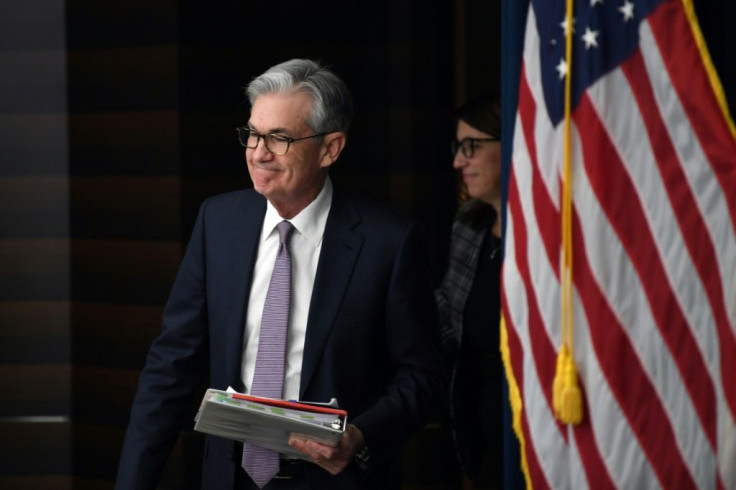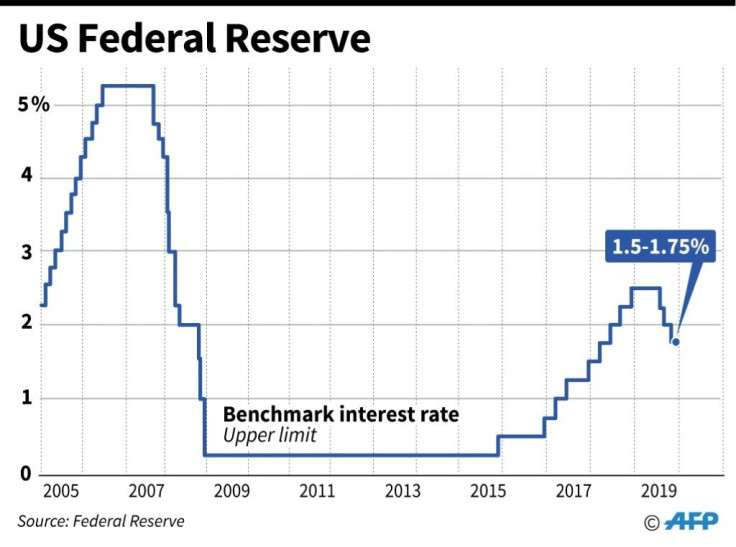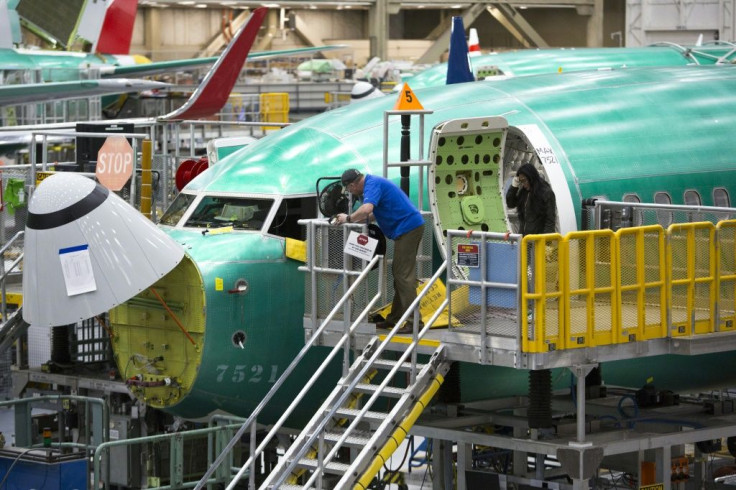For US Fed, It's Steady As She Goes... For Now

The Federal Reserve is overwhelmingly expected to begin 2020 as it ended 2019: by leaving interest rates right where they are.
As they prepare to hold their first policy meeting of the year in the coming week, central bankers are sending clear signals they think monetary policy is in a sweet spot.
Frayed nerves on both sides of the Pacific have begun to ease after President Donald Trump last month called a truce in his China trade war, and trade relations within North America have resolved as well, with the signing of a new continental pact.
Meanwhile, employers are still hiring, workers are still spending, unemployment is still low and inflation is still tame.
In a nutshell, US growth appears to be cooling back towards a long-term trend of around two percent and the recession scare of late summer 2019 feels far off.
Both the economy and policy are "in a good place," as Fed number two Richard Clarida said in a speech this month.
So after cutting rates three times in 2019, Fed policymakers have made it clear they will not move again unless things get significantly and unexpectedly worse.
"They've been taking a victory lap for the last couple of months and I expect them to continue doing that," economist Joel Naroff told AFP.
Futures markets have taken that expectation to the bank. As of Friday, they predicted the Fed will not resume cutting interest rates until September at the earliest.

But can the Fed really hold its breath until then?
Fed Chairman Jerome Powell signaled in December the central bank is keeping an eye on "global developments," a veiled reference to China's slowdown and the Brexit saga.
The International Monetary Fund this month again cut its growth forecasts for the world and for the United States.

Trump, as ever, remains a wild card. He has groomed the Fed to be a scapegoat for the economy's performance and shows no sign of letting up, since he needs a solid economy to boost his chances of re-election in November.
In an interview this week with CNBC, the president blamed the central bank for bungling policy by raising the key borrowing rate in 2017 and 2018. Without that, "I think we would have been close to four percent" GDP growth.
Forecasts for 2020 now call for growth of around two percent, slower than last year, which was slower than 2018.
And upon closer inspection, there are always worrying signs lurking in the details.
The American manufacturing slump continues with no end in sight -- despite Trump's promises to revive industry. Consumer spending softened toward the end of 2019 and so did increases in worker pay, while hiring in 2019 was the slowest in eight years.
"We do believe there's one more rate cut and we think it comes by the middle of this year," Kathy Bostjancic, chief US financial economist at Oxford Economics, told AFP.
"For the Fed to achieve a soft landing, we think it requires some further policy combination in the form of more rate cuts."
While Trump has for now buried the hatchet with Beijing, tariffs remain in place on two-thirds of the products traded between the economic powers.
And, with an election nine months away, he appears to be turning his sights to the EU, brandishing the threat of auto tariffs in particular, on top of punitive duties on $7.5 billion in products from the European Union and more taxes on French goods in two separate trade battles.
"There's still a great deal of uncertainty that's going to weigh on business investment," Bostjancic said.
"So the risks have been diminished but not eliminated completely."
Naroff, however, said interest rates are already so low the Fed is effectively boxed in.
The federal funds rate, the Fed's principal tool for maximizing employment and stabilizing inflation, is now set at a range of 1.5 to 1.75 percent.
Any lower and the Fed will be left with little room to maneuver in the event of a shock to the economy, Naroff said.
"I'm looking at them doing nothing this year. Absolutely nothing."
© Copyright AFP 2024. All rights reserved.




















